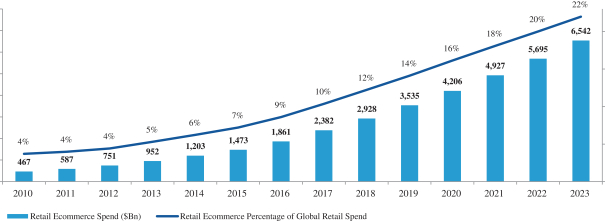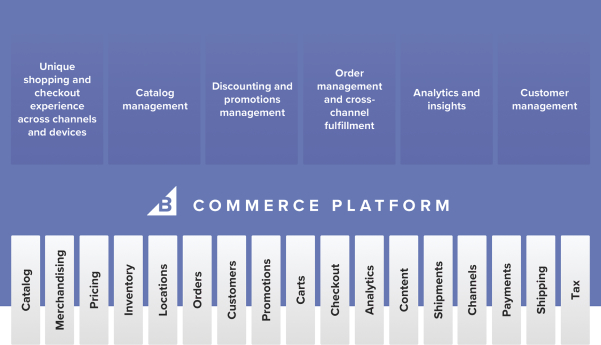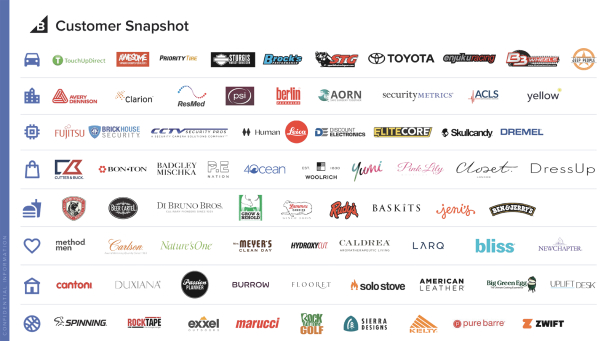delays or reductions in general IT spending. Competitors, many of whom are larger and more established than we are, may respond to market conditions by lowering prices and attempting to lure away our customers. In addition, consolidation in certain industries may result in reduced overall spending on our platform. We cannot predict the timing, strength or duration of any economic slowdown, instability or recovery, generally or within any particular industry. If the economic conditions of the general economy or markets in which we operate worsen from present levels, our business, results of operations and financial condition could be adversely affected.
Natural catastrophic events and man-made problems such as power disruptions, computer viruses, data security breaches and terrorism may disrupt our business.
We rely heavily on our network infrastructure and IT systems for our business operations. An online attack, earthquake, fire, terrorist attack, power loss, telecommunications failure, or other similar catastrophic event could cause system interruptions, delays in accessing our service, reputational harm, and loss of critical data. Such events could prevent us from providing our platform to our customers. A catastrophic event that results in the destruction or disruption of our data centers, or our network infrastructure or IT systems, including any errors, defects or failures in third-party hardware, could affect our ability to conduct normal business operations, and adversely affect our operating results.
In addition, as computer malware, viruses, computer hacking, fraudulent use attempts, and phishing attacks have become more prevalent, we face increased risk from these activities. These activities threaten the performance, reliability, security and availability of our platform. Any computer malware, viruses, computer hacking, fraudulent use attempts, phishing attacks, or other data security breaches to our systems could, among other things, harm our reputation and our ability to retain existing customers and attract new customers.
We could incur substantial costs in protecting or defending our proprietary rights. Failure to adequately protect our rights could impair our competitive position. We could lose valuable assets, experience reduced revenue, and incur costly litigation.
Our success is dependent, in part, upon protecting our proprietary technology. We rely on a combination of trade secret laws, contractual provisions, trademarks, service marks, copyrights and patents in an effort to establish and protect our proprietary rights. However, the steps we take to protect our intellectual property may be inadequate. While we have been issued a patent in the United States and have an additional patent application pending, we may be unable to obtain patent protection for the technology covered in our patent application. We make business decisions about when to seek patent protection for a particular technology and when to rely upon trade secret protection. The approach we select may ultimately prove to be inadequate.
Our patent or patents issued in the future may not provide us with competitive advantages, or may be successfully challenged by third parties. Any of our patents, trademarks, or other intellectual property rights may be challenged or circumvented by others or invalidated through administrative process or litigation. Others may independently develop similar products, duplicate any of our solutions or design around our patents, or adopt similar or identical brands for competing platforms. Legal standards relating to the validity, enforceability, and scope of protection of intellectual property rights are uncertain. Despite our precautions, it may be possible for unauthorized third parties to copy our platform and use information that we regard as proprietary to create products and services that compete with ours. Some license provisions restricting unauthorized use, copying, transfer, and disclosure of our intellectual property may be unenforceable under the laws of jurisdictions outside the United States.
To the extent we expand our international activities, our exposure to unauthorized copying and use of our platform and proprietary information may increase. Moreover, effective trademark, copyright, patent, and trade secret protection may not be available or commercially feasible in every country in which we conduct business. Further, intellectual property law, including statutory and case law, particularly in the United States, is constantly developing. Changes in the law could make it harder for us to enforce our rights.
31





